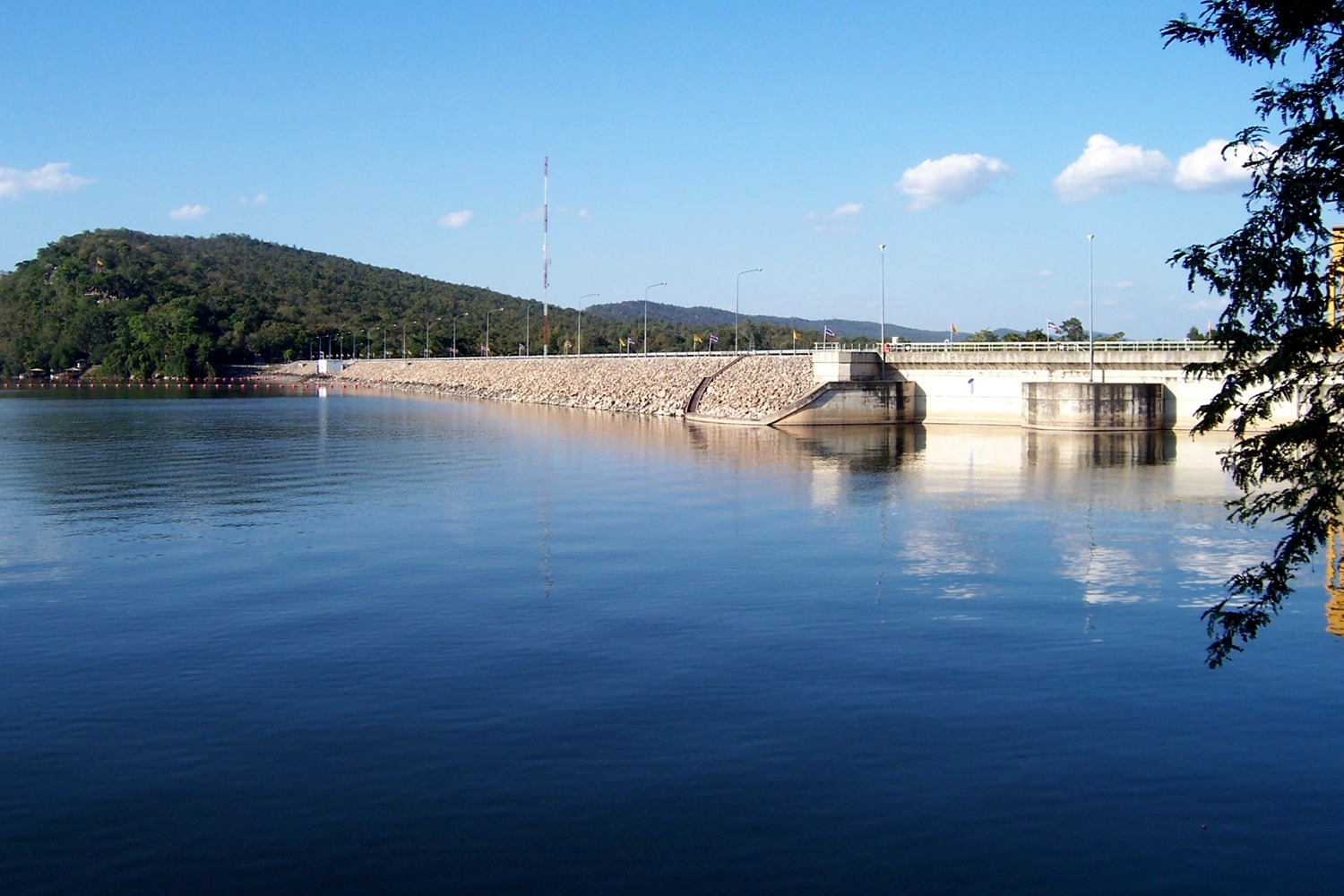EIA for Nearshore Wave Power Plant at An Binh Island
IT’S A WRAP! Final workshop for the Ly Son project

Last month, project partners INVEST and INGINE joined ICEM for the final dissemination session related to the innovative project focussing on the EIA for INGINE’s Ly Son Wave Power Plant. The session focussed on sharing the lessons learned, EIA-related aspects and the technical issues related to wave energy converter installations, including climate-change-related risks and scalability potential.
USAID’s INVEST mechanism made this project possible by reducing barriers for INGINE to mobilise investment for development, bringing ICEM’s valuable sector-specific expertise within blended and innovative finance.
INGINE’s Ly Son Wave Power Plant is the first wave energy converter planned for the region, and we are excited to have been a partner on this pioneering project. INGINE are continuing to push forward with the plant’s development, which will support the development of remote communities on An Binh Island.
 “We now have a full assessment of environmental and social impacts which helps us to modify the design of our project to minimise and eliminate negative impacts to the environment and society of Ly Son. Without the support, cooperation and hard work of USAID, INVEST and ICEM, we would not be here.” Duong Minh Duc – INGINE Business Development Manager
“We now have a full assessment of environmental and social impacts which helps us to modify the design of our project to minimise and eliminate negative impacts to the environment and society of Ly Son. Without the support, cooperation and hard work of USAID, INVEST and ICEM, we would not be here.” Duong Minh Duc – INGINE Business Development Manager
 “This project, its outputs and achievements come at an interesting time for Vietnam’s energy sector. The project has been undertaken as the country’s power development plan is being drafted by the national Government, and as environmental laws are being updated. The project deals with the global issue of clean, renewable energy. And […]
“This project, its outputs and achievements come at an interesting time for Vietnam’s energy sector. The project has been undertaken as the country’s power development plan is being drafted by the national Government, and as environmental laws are being updated. The project deals with the global issue of clean, renewable energy. And […]







